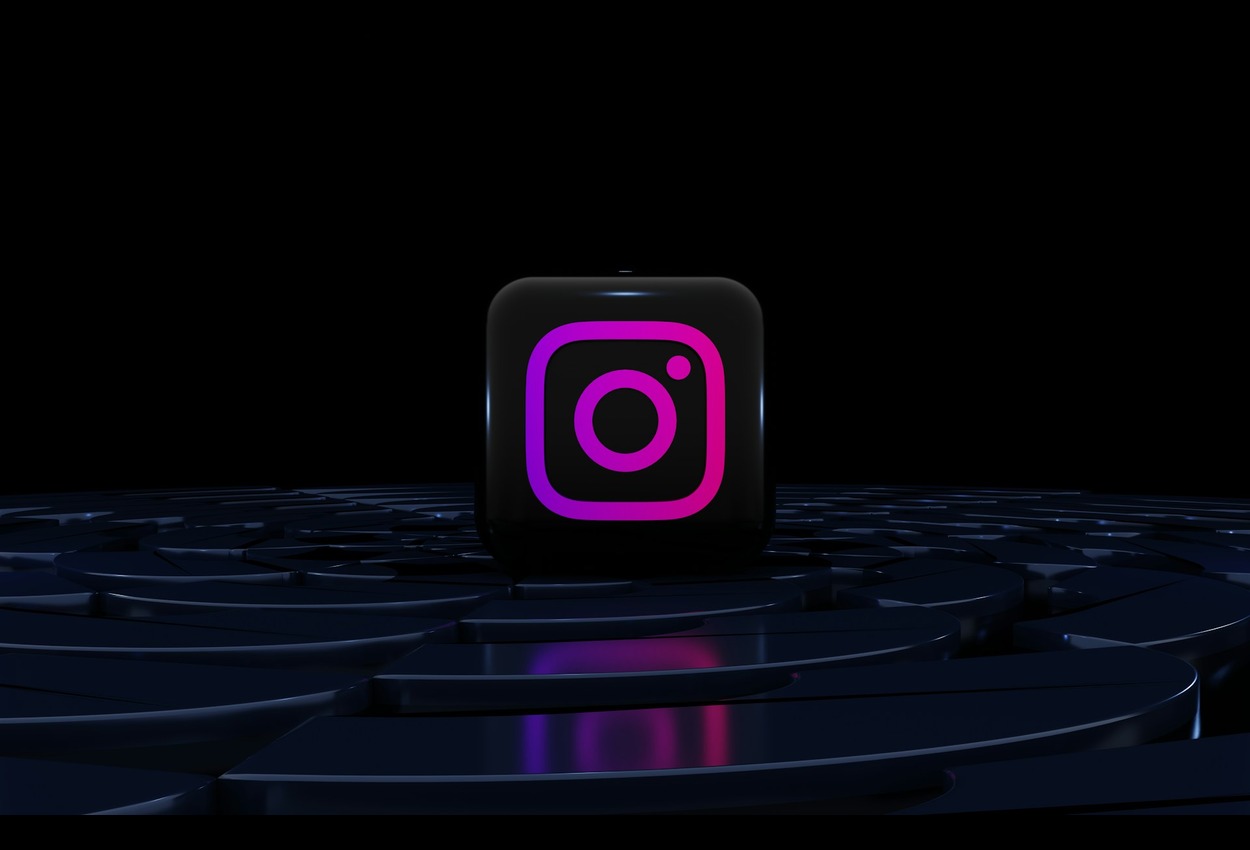i̇ns is much more than three letters. In the digital age, this little word has become a symbol of individuality, authenticity, and online presence. It has multiple meanings: cultural, linguistic, aesthetic, and even spiritual. Although simple at first glance, i̇ns reflects how language, identity, and technology combine to shape the way individuals express themselves in a connected world.
Understanding i̇ns
İns fundamentally represents self-expression in the digital age. Considered a modern identity marker, it is often used in personal branding, creative spaces, and online communication. The word evokes essence and presence rather than titles or roles. Minimalist, it remains meaningful and resonates with those seeking authenticity.
You may also be interested in: Voomixi com
Origins and Evolution of i̇ns
The history of i̇ns began in small online communities before spreading to more popular platforms.
- Cultural Roots: In Turkish, insan means “human.” Many see i̇ns as an abbreviation or stylized evocation of this word, with connotations of humanity and consciousness.
- Digital Slang: It also originated from internet culture, where brevity is paramount. Like hashtags and emojis, i̇ns offered a quick but expressive abbreviation.
- Possible Acronyms: Some interpret i̇ns as “individuals who interact socially” or “influencers who navigate society,” although there is no fixed acronym. This openness to interpretation adds to its charm.
Over time, i̇ns has evolved from a niche symbol to a widely recognized label for individuality in the digital world.
i̇ns in social media culture
Social media has accelerated the rise of i̇ns.
On platforms like Instagram, Twitter, and TikTok, i̇ns is used in captions, bios, and hashtags. It signals trends, identity, and belonging. For younger generations, who value fast and authentic communication, i̇ns has become a fast-paced means of expression.
Influencers and creators are also adopting i̇ns to build their brand identities. It symbolizes closeness and authenticity, helping them build meaningful connections with their audiences.
i̇ns, a symbol of online identity
i̇ns has become a badge of digital identity.
- It represents uniqueness and authenticity.
- It is a sign of belonging, uniting diverse communities. It allows users to present themselves beyond their usernames and profile pictures.
- It transcends borders, becoming a symbol recognized and adapted worldwide.
- In this way, i̇ns is both personal and universal: a small word that expresses individuality while fostering community.
Cultural and Linguistic Dimensions
A notable feature of i̇ns is its shape. The dotted “i” is no coincidence. In Turkish, the dotted “i” and the undotted “i” are distinct letters with different sounds. The dot itself conveys meaning, reminding the reader of its intention and precision.
This linguistic singularity gives i̇ns its depth. It symbolizes careful expression: the idea that even a simple dot can change meaning.
Beyond language, i̇ns also acts as a cultural mirror. It reflects human presence, consciousness, and minimalism. It invites interpretation rather than dictating meaning, making it versatile across cultures.
Why is i̇ns so appealing?
The appeal of i̇ns lies in its qualities:
- Simplicity: Three letters with profound meaning.
- Conciseness: Quickly communicates complex ideas.
- Authenticity: Signals authenticity in a digital world that often feels staged.
- Universality: Recognized in all languages and across all platforms.
- Community: Fosters belonging among users.
- Aesthetic beauty: Its balanced, minimalist form makes it visually striking. For millennials and Gen Z, seeking originality and emotional connection, i̇ns offers a perfect combination of minimalism and meaning.
Spiritual and Philosophical Connotations
For some, i̇ns is more than just a digital abbreviation. It has philosophical significance.
It can be interpreted as a rejection of labels and roles, reducing identity to mere existence. It asks silent questions: Who are you when everything else disappears?
Artists sign their works with it. Writers use it as a pseudonym. Some even wear it as a tattoo: a permanent symbol of impermanence.
Ins thus represents minimalism as a force. It is a silent rebellion against digital noise, embodying presence, essence, and stillness.
Applications in Creative and Cultural Spaces
i̇ns has established itself in art, design, and branding.
- In typography, it operates like visual poetry: minimalist yet powerful.
- In literature and art, it is a hallmark of authenticity.
- In personal expression, it appears in biographies, photo captions, and even tattoos.
Unlike commercial brands, i̇ns often flourishes in subtle spaces: obscure publications, independent art, or discreet corners of digital culture. It doesn’t shout, but whispers.
Broader Implications of i̇ns
The rise of i̇ns reveals deeper truths about digital culture.
- It is a symbol of digital humanity, reminding us of those behind screens.
- It reflects the evolution of language, where culture and technology transform the way we communicate.
- It highlights the tension between authenticity and representation in online identity.
- It shows how minimalist symbols can have universal meaning. In many ways, i̇ns has become part of the global vocabulary of digital expression.
The Future of i̇ns
The future of i̇ns looks bright.
As digital identity gains importance, i̇ns offers a timeless symbol of individuality and authenticity. Younger generations and influencers will continue to spread its use, adapting it to new cultural and technological trends.
Its versatility means that i̇ns could become a staple of online communication, synonymous with presence and belonging in an ever-changing digital landscape.
Conclusion
i̇ns is a small word with quiet power. It represents identity, authenticity, and humanity in a world dominated by technology. It has evolved from its cultural roots to become a global digital marker, combining minimalism and meaning.
Perhaps its greatest strength lies in its silence. i̇ns doesn’t demand attention; it invites reflection. It doesn’t explain; it leaves space. In a noisy world, this is its silent revolution.
Frequently Asked Questions (FAQ)
What does i̇ns mean?
i̇ns is a modern digital expression that represents individuality, authenticity, and online presence. It is often associated with the Turkish word insan (“human”), which conveys connotations of humanity and essence. In social media culture, i̇ns has become a synonym for identity and personal branding, a popular way to display authenticity and belonging across different platforms.
How is i̇ns used on social media?
On platforms like Instagram, Twitter, and TikTok, i̇ns is commonly used in bios, captions, and hashtags. It allows users to express their identity, follow trends, and connect with their communities. Influencers and content creators also use it to build trust and connect, while younger generations are embracing it as a quick, minimalist way to demonstrate originality and connect with like-minded people.
Why is i̇ns important in digital culture?
i̇ns has gained prominence because it merges language, culture, and technology into a universal symbol of identity. It appeals with its simplicity, conciseness, and authenticity, while fostering cohesion among diverse audiences. Beyond social media, i̇ns has cultural, even philosophical, connotations, reminding users of digital humanity and the power of minimalism in an increasingly noisy digital world.

